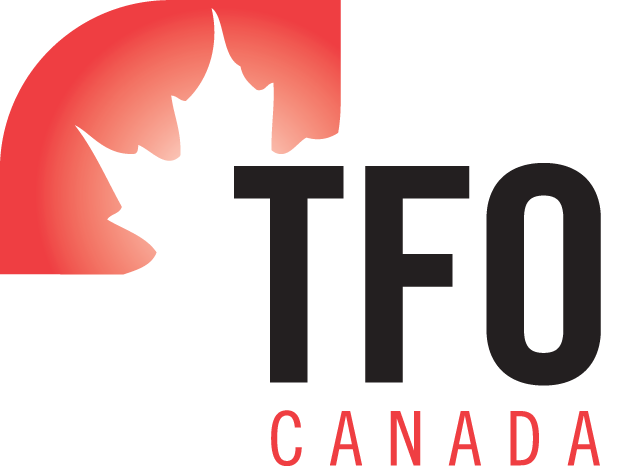 |
 |
 |
 |
Spinning yarn and weaving cloth has always been an intrinsic part of the Inca society and to this day Peruvian weaving is unsurpassed anywhere. The finest women weavers were brought to Cusco to weave for the royal court of the Inca Queen named Coya. These women then settled in weaving communities in the Sacred Valley of Cusco, where they worked with wool from llamas, alpaca and vicuna to weave the finest textiles in the world, and where they remain to this day.
In the province of Calca in Peru, there is community named Accha Alta, home to one hundred and eighty (180) families, and within that community is a smaller community referred to as a sector of Totora, a place thirty five (35) families call home. Twenty (20) of these families belong to the Asociación de Artesanas Textiles Pallay Awaq, the weaving association of Totora. The association is mostly composed of women, whose first language is Quechua, proud descendants of the Inca Empire and its weaving tradition.
At an altitude of over 12,930 feet above sea, and forty (40) minutes away from the nearest town, this community relies on weaving and agriculture to make a living and continue in their traditions. It is perhaps one of the most remote communities TFO Canada has ever sought to empower, a challenge that has made their success much more gratifying.
Sabina Mamani Huallpa is one of the sixteen (16) women working in the twenty-person Pallay Awaq Association. We meet her for the first time in 2014 through our Peruvian implementing partner MINCETUR (the ministry of foreign trade and tourism of Peru) and Brand[Trade]. As one of the weavers she was paired with Canadian designers who with the input from weavers sought to modernise their designs while respecting their traditional iconography. The pairing resulted in an adaptation of their original designs into designs that would appeal to North American consumers.
The processes of incorporating the new designs to their traditional weaving also included productivity enhancing tools like learning how to use the metric system, to standardize the measurements of each piece, to increase consistency and improve their quality control. This new standardization also saw the weavers go from the weaving finishing style ‘aguapa’, which was more complex, and more labor intensive, to the faster crochet finished, simpler yet strong enough that it could be used in large pieces too. Sabina told us that while it was hard at first to get use to using the metric measuring system and the new finishing styles she could see what a difference it made in her work, how it made it easier and more efficient, while reducing waste and thus their costs, she could clearly see the benefits of learning this new system.
To maintain this new efficiency the weavers created a new position for quality control titled Tukuy Rikug, an Inca name that means “he who sees it all”. The Tukuy Rikuq reviews the work of the weavers to ensure it is up to the standard the organization has set, and works on recovering and safekeeping the use of their traditional iconography in the new designs. This review is done every Wednesday and Saturday where work created during the previous week, is reviewed by Tukuy Rikuq.
In the summer of 2017 the products were showcased at the De Nuestas Manos (From Our Hands) Tradeshow 2017 in Lima, Peru. While their traditional designs still have a high demand from tourist the new modernist and more functional designs have seen a higher than expected demand from the local Peruvian market, so much so all new design were sold out. A number of high-end Peruvian hotels contacted the weavers and placed large orders for the new designs. In the past, the average orders were between PEN$500 to 1000 (Peruvian Sol) equivalent to Cad$200 to $400, now they have received orders as large as PEN$25,000 equivalent to Cad$10,000. With the productivity improvements, they can work on several orders at once and finish them on schedule, something they had struggled with in the past.
This growing demand, brought about by the design and productivity improvements, has also had a large impact in their community. Several of the women weavers’ husbands, seeing the increased opportunities due to these improvements, have joined their wives to work as weavers themselves, instead of their previous work of luggage carriers for tourists in Machu Pichu. Sabina’s daughter has also started weaving and with the income generated between Sabina and her daughter, her daughter attends Technical Higher Education School in Cusco. For some of the other women the increased income has allowed them to reduce time spent farming, increasing their time spent as artisans instead.
“Experiencing the acceptance and demand for their new designs, especially by local Peruvians provided the weavers with a renewed sense of pride. This reaction has made it so worthwhile for them to have gone through the learning process that brought new productivity and designs,” says Mario Flores Alagon, the President of Pallay Awaq. With the praise received from consumers they returned to Totora more energized than ever, ready to weave the past and the present while getting ready for the future and to share their beautiful designs with the world.

